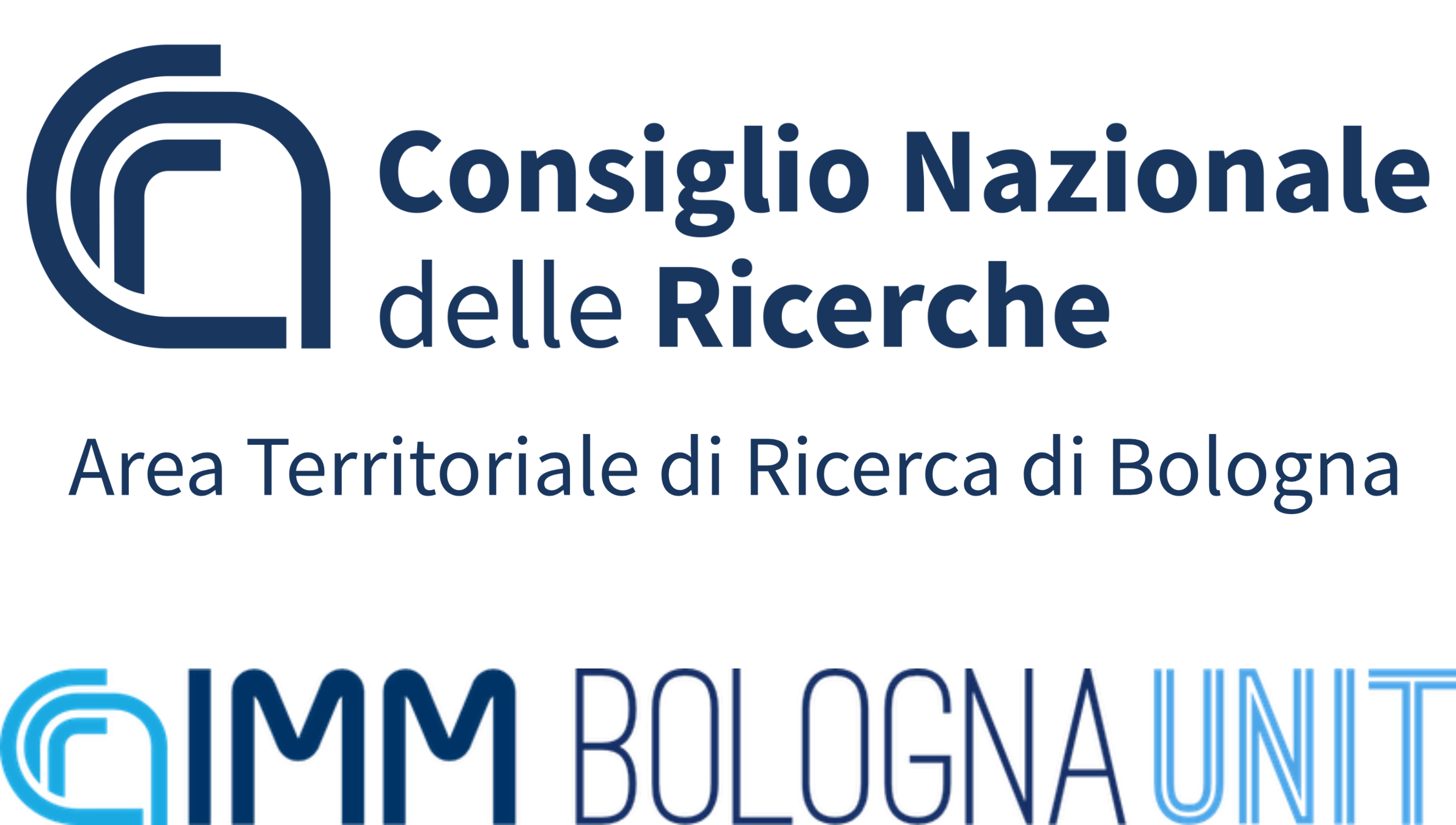
Film/Movies
07. MODELLO IDRODINAMICO NELLO STUDIO DELL’EUTROFIZZAZIONE / HYDRODYNAMICAL MODEL FOR THE STUDY OF EUTROPHICATION (30 min) (1983)
VERSIONE ITALIANA
ENGLISH VERSION NOT AVAILABLE
| Scritto da/written by: Paola Malanotte Rizzoli, Andrea Bergamasco, Lucio Morettini |
| Diretto da/directed by: Lucio Morettini |
| Consulenza scientifica/Scientific advice: Paola Malanotte Rizzoli, Andrea Bergamasco |
| Istituzioni/Institutions: CNR Istituto di Dinamica delle Grandi Masse |
Note:
16mm., colore, sonoro ottico, durata 30′, versioni italiana e inglese (1983)
La salvaguardia dell’ambiente marino, oggi compromesso delle attività dell’uomo, presuppone lo studio delle proprietà delle sue acque. Una delle conseguenze negative indotte dall’uomo lungo le coste è il cosiddetto fenomeno dell’eutrofizzazione, che consiste in una abnorme crescita algale, prevalentemente prodotta da sversamenti in mare di prodotti chimici che si comportano come nutrienti e che sono concentrati o dispersi dalle correnti marine. Appare allora essenziale quantificare come avvengono questi movimenti. Il film mostra uno strumento efficace a tale scopo, offerto dalla oceanografia fisica e dall’informatica: il modello idrodinamico. Dopo aver illustrato, mediante semplici disegni animati, quali sono e come agiscono le forze che producono le correnti marine, si esaminano le caratteristiche fisiche di un bacino che devono essere prese in considerazione per la realizzazione di un tale modello. Una parte molto importante del film, non solo da un punto di vista didattico, ma anche per il contributo offerto alla ricerca, è quella che illustra i risultati derivanti dalla simulazione al calcolatore elettronico di un modello idrodinamico realizzato per il Nord Atlantico. La visualizzazione di tali risultati è stata ottenuta mediante tecnica di computer graphics.
Notes:
16mm., Color, optical sound, duration 30 ‘, Italian and English versions (1983)
Safeguarding the marine environment, which is now compromised by man’s activities, requires studying the properties of its waters. One of the negative consequences induced by man along the coasts is the so-called phenomenon of eutrophication, which consists of an abnormal algal growth, mainly produced by spills into the sea of chemical products that behave like nutrients and that are concentrated or dispersed by sea currents . It therefore appears essential to quantify how these movements occur. The film shows an effective tool for this, offered by physical oceanography and computer science: the hydrodynamic model. After having illustrated, by means of simple animated drawings, what the forces that produce sea currents are and how they act, we examine the physical characteristics of a basin that must be taken into consideration for the realization of such a model. A very important part of the film, not only from a didactic point of view, but also for the contribution offered to the research, is the one that illustrates the results deriving from the simulation on an electronic computer of a hydrodynamic model created for the North Atlantic. The visualization of these results was obtained by computer graphics technique.
Area of Research

The Territorial Area of Research in Bologna is a campus that hosts the headquarters (main or local) of 7 CNR and 2 INAF institutes.
CNR-IMM
The CNR-IMM Bologna Unit is part of CNR-IMM, an Institute belonging to the Physics and Matter Technologies Department of the National Council of Research and organized in 5 Units and one Headquarters.

